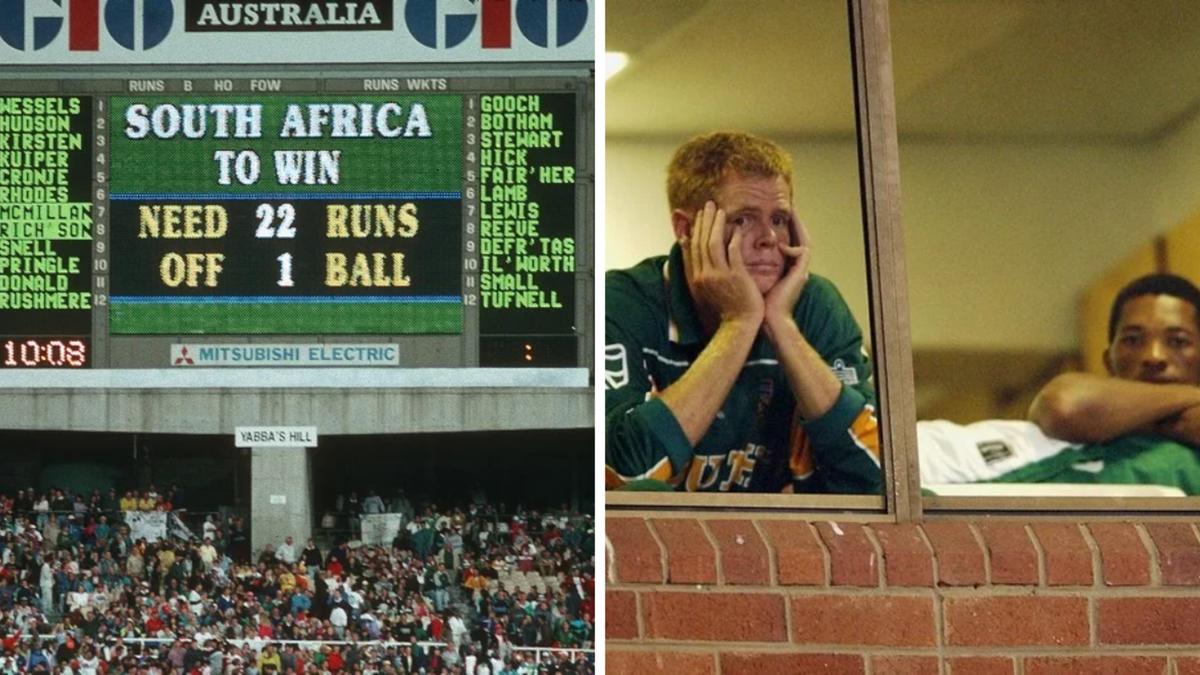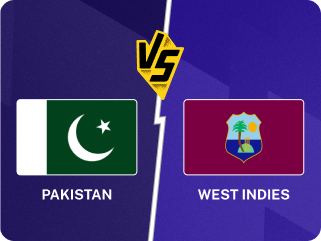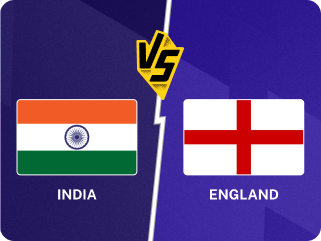
A washed out ODI between Ireland and Bangladesh yesterday (May 9) meant South Africa secured the final automatic qualification place for the 2023 World Cup. This goes against their long and less fortunate history with World Cup cricket and adverse weather.
The ODI, held at Chelmsford in an effort to avoid rain in Malahide (by all means dry yesterday), yielded no result. But it did mean South Africa (98 points) are now 25 clear of Ireland (73) in the 2020-2023 ICC Cricket World Cup Super League – a chasm too vast to be overhauled in the two ODIs Ireland have in hand.
Thus, rain guaranteed South Africa’s direct qualification for the 2023 World Cup. It may not sound a major incident – South Africa were likelier to qualify than Ireland anyway – but their historic fortune at the World Cup has been entwined with rain, often with unfortunate outcomes.
You probably remember the giant scorecard at the Sydney Cricket Ground in 1992. If you are are not old enough to, you will probably have seen the images or the videos. If you have not, search with 22 runs in 1 ball and chances are that Google will suggest how to complete the phrase by the time you are halfway through typing it.
True, South Africa could have bowled their overs quicker to avoid the situation. Had they bowled all 50 overs in time and not 45, the calculations would have been entirely different. Television schedules also played a part in that.
All that notwithstanding, there is little doubt that that was the moment when rain joined South Africa and World Cup to form a trinity for the ages.
Four years later, South Africa did not pick Allan Donald for their quarter-final against the West Indies as Brian Lara made merry. Fast forward to 1999, and Donald’s name came up again, this time for not running until it was too late – not once but off two consecutive balls.
The two eliminations, while heartbreaking, could at least be put down to team selection and running between the wickets rather than weather – in other words, cricketing reasons.
But rain intervened again at Durban in 2003, when South Africa’s Duckworth-Lewis par score required them to score 230 in 45 overs. Two balls shy of the 45 over mark, they needed seven runs to reach that score.
Mark Boucher lofted Muttiah Muralitharan for six over mid-wicket to level the scores on 229, and pushed at the next ball with no intention to run a single. South Africa deliberately ended on that score, because – for some reason – their camp believed that the par score would be enough. It was not, of course.
Then it rained, much to the agony of Shaun Pollock, who could do little but wait as South Africa were eliminated from the tournament – this time even before the knockout stages. That too in the first World Cup they hosted.
Shall we touch upon the 2015 semi-final as well? South Africa were 216-3 in 38 overs with Faf du Plessis and AB de Villiers at the crease when the skies opened. After resumption, du Plessis fell two balls later, while de Villiers made only five off his next seven balls. David Miller did take South Africa to 281-5, but as we know, it was not enough.
But the 2015 World Cup may seem a stretched entry, as may the 2020 Women’s T20 World Cup semi-final. There, South Africa needed 135 in the semi-final against the invincible Australia side, when it rained.
They lost seven overs but had to score only 36 fewer runs to win, and – here is the worst bit – would have qualified had the match been a washout. It rained long enough to inconvenience South Africa but not enough to help them.
What about last year’s Men’s T20 World Cup, then? True, it was the defeat against the Netherlands that knocked them out, but what about the Zimbabwe match?
South Africa had restricted Zimbabwe to 79-5 in the nine-over match. It rained at 24-0 after 1.1 overs, and the target was adjusted to 64 in seven overs. South Africa raced to 51-0 in three overs when conditions became too farcical to continue. They needed another 13 runs (or even two overs) to get that extra point.
Later in the tournament, Pakistan amassed 185-9, and it rained when South Africa were 69-4 in nine overs. A difficult, perhaps steep, 116 in 66 balls now became 73 in 30, but more importantly, Pakistan needed to bowl one over of spin with the wet ball. They used Shadab Khan immediately (for 14 runs), but the heavy artillery returned, and South Africa lost by plenty.








